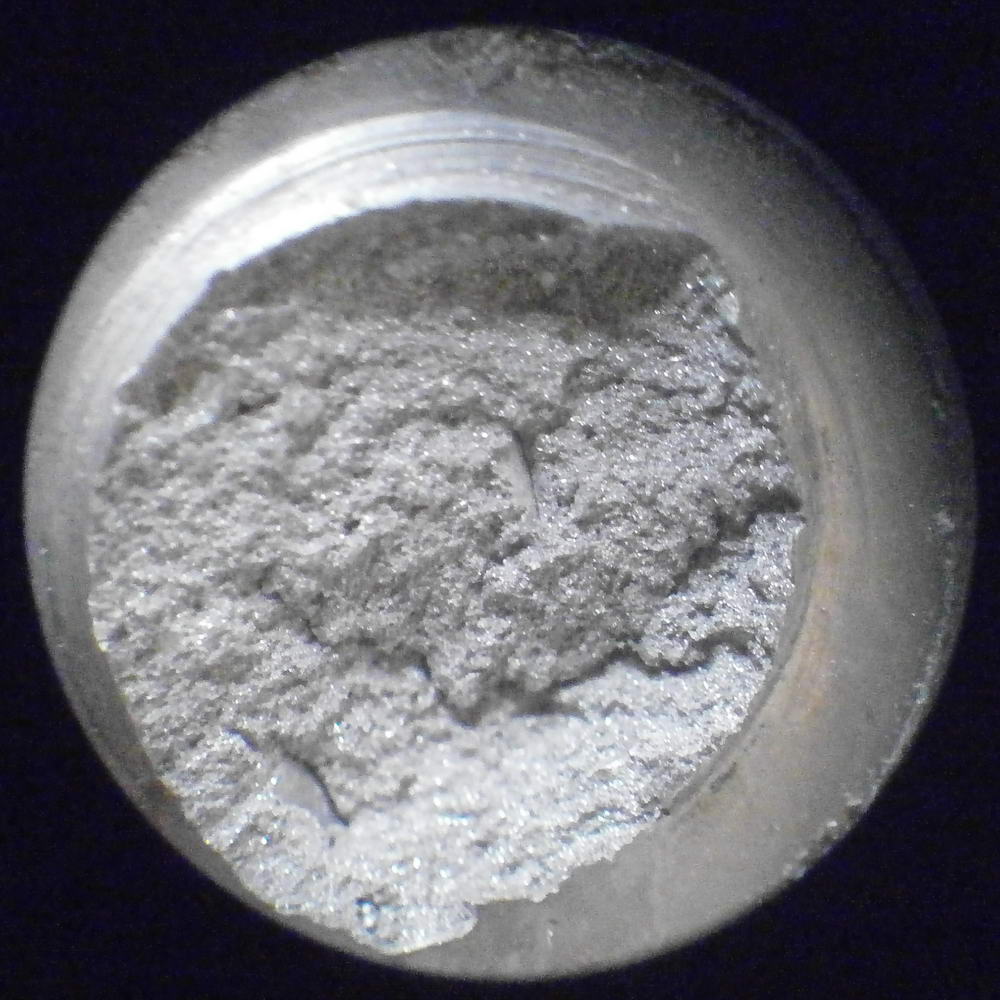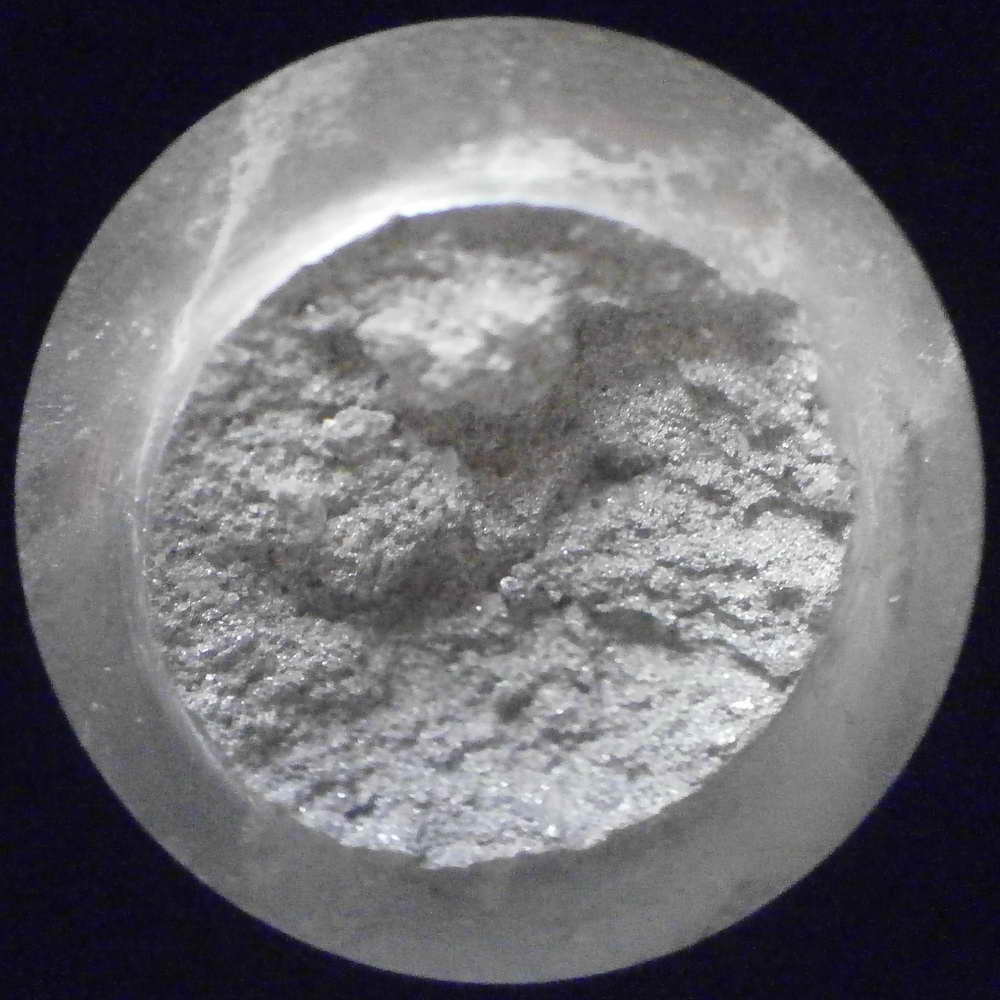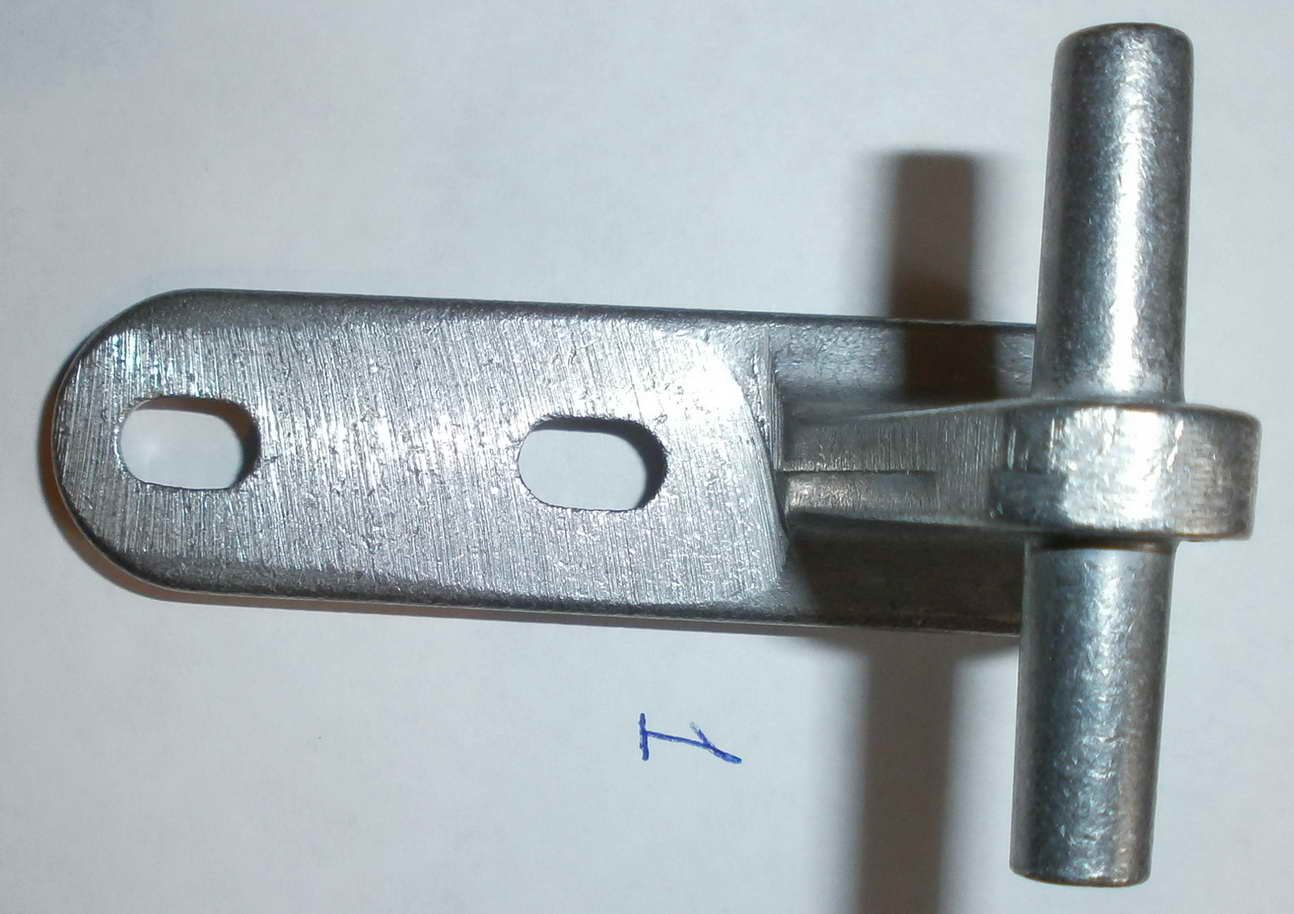Abstract
Содержание
- Introduction
- 1. Theme urgency
- 2. Goal and tasks of the research
- 3. Review of researches
- 4. Research of quality of details of irregular shape from an aluminum alloy of AK12M2 and improvement of process of their processing
- Conclusion
- References
Introduction
Now aluminum alloys were widely used thanks to a complex of mechanical, physical, corrosion properties, valuable to equipment, high technological effectiveness, and also thanks to considerable natural reserves of aluminum. Increase of a complex of properties of industrial aluminum alloys is an actual task. Alloys of aluminum find broad application in life, in construction and architecture, in automotive industry, in shipbuilding, aircraft and space equipment. In particular, the first artificial satellite of Earth has been made of an aluminum alloy. An alloy of aluminum and zirconium (Zr) – widely apply in nuclear reactor building. Aluminum is applied in production of explosives.
On application scales aluminum and its alloys take the second place after iron (Fe) and its alloys. Broad use of aluminum in various areas of equipment and life is connected with set of its physical, mechanical and chemical properties: the small density, corrosion resistance in atmospheric air, high warm and conductivity, plasticity and rather high durability. Aluminum is easily processed in various ways — forging, stamping, rolling, etc. Pure aluminum is applied to production of a wire (conductivity of aluminum makes 65, 5% of conductivity of copper, but aluminum more than three times easier than copper therefore aluminum often replaces copper in electrical equipment) and the foil used as a packing material. The main part of the melted aluminum is spent for receiving various alloys. Protective and decorative coverings are easily applied on surfaces of alloys of aluminum.
1. Theme urgency
The master's thesis is devoted to an actual scientific task to research of structure and properties of difficult castings for details of refrigerating appliances from aluminum alloys for the purpose of increase of their reliability and durability.
2. Goal and tasks of the research
The purpose of this work is studying of structure and properties of aluminum alloys and products from them for the purpose of improvement of the existing modes of heat treatment and development new, the modes.
Main tasks of the research:
- The analysis of the reasons of failure of the product "loop" at the PJSC NORD enterprise.
- Research of a macrostructure and microstructure of a ready detail.
- Influence of heat treatment on a product.
Research object: the product "loop" at the PJSC NORD enterprise
Research subject: studying of structure and properties of the product "loop" for the purpose of improvement of the existing modes of heat treatment and development new, the modes.
Within a master's thesis receiving actual is planned scientific results in the following directions:
- Establishment of compliance of the sizes of a detail "loop" to the drawing sizes.
- Identification and description of shortcomings of the drawing.
- Carrying out tests for durability, studying of types of breaks and existence of defects in them.
For an experimental assessment of the received theoretical results in quality practical results development of the strengthening modes of heat treatment for the product "loop" at the PJSC NORD enterprise is planned
- Studying of a surface of a product on a roughness and existence of defects.
- Research of a microstructure.
- Research of influence of heat treatment on a product.
3. Review of researches
As now it is difficult to find an industry wherever aluminum or its alloys - from microelectronics to heavy metallurgy was used. It is caused by high mechanical qualities, ease, small temperature of melting that facilitates processing, high external qualities, especially after special processing. Considering physical and chemical properties of aluminum, its inexhaustible quantity in crust, one may say, that aluminum - one of the most perspective materials of the future.
The possibility of application of this or that alloy in the industry for a mass or large-lot production is defined, first, by its operational properties (durability, physical properties, corrosion resistance), secondly, technological properties, that is those properties which cause behavior of an alloy in the course of production of products from him. Refer foundry properties, ability to processing to technological properties pressure, a workability cutting, a svarivayemost and others. Cases when an alloy with very good operational properties doesn't find application because of bad technological properties are frequent.
For foundry alloys value of technological properties is especially big. The main technological properties for them – foundry: 1) жидкотекучесть; 2) volume and linear shrinkage; 3) tendency to formation of hot cracks; 4) tendency to formation of shrinkable and gas porosity; 5) tendency to a likvation.
Foundry properties of alloys which don't process pressure and use in a design in a cast state, define not only a possibility of receiving a product (shaped casting), but also quality of this product. All defects of cast structure depending on foundry properties (shrinkable or gas porosity, likvatsionny heterogeneity of structure, a microcrack) remain in a product.
In A.A. Bochvar and I.I. Novikov's works accurate connection between foundry properties of alloys and nature of interaction of components in alloys (type of the chart of a state) is established. The most part of foundry properties depends on an effective temperature interval of crystallization of an alloy: the more the crystallization interval, the is less жидкотекучесть than an alloy, the more he is inclined to formation of scattered shrinkable porosity and hot cracks.
As foundry alloys on the basis of the Al-Si systems (double or more difficult) are most widespread of which small temperature intervals of crystallization and very good foundry properties are characteristic. Apply to shaped molding also alloys on the basis of the systems Al-Cu, Al-Mg, Al-Cu-Mg, Al-Zn-Mg, Al-Cu-Mg-Ni and other difficult alloys which aren't differing in principle from deformed, but it is frequent with higher content of the alloying components (copper, magnesium), refractory additives (the titan, nickel) and impurity (iron). However these alloys are much less widespread, than Al-Si alloys (alpaxes), in connection with their worst foundry properties.
In foundry alloys the admissible content of inevitable impurity, and, in particular, gland depends on a way of molding of an alloy. Iron forms insoluble fragile intermetallic phases in aluminum alloys. The size of particles of these phases and nature of their distribution in casting depend on cooling speed at crystallization. The cooling speed, the more small these particles is higher, especially evenly they are distributed on the volume of casting and the less their negative influence on properties (plasticity) therefore when molding alloys in the metal chill mold, and also when molding under pressure higher content of iron is allowed, than when molding in an earth form.
4. Research of quality of details of irregular shape from an aluminum alloy of AK12M2 and improvement of process of their processing.
Details "loop" from aluminum alloys of AK12M2 represented in images 1 have been investigated.
In the course of work the surface of samples on existence of a roughness, existence of a time, cracks has been studied. On a povekhnost of samples the defekty:sherokhovatost, existence of a time have been found. Also спомощью a microscope breaks of an ear of "loop" have been studied. Such defects have been found: small cracks, time. The break has a quasi-break appearance. It is visible in images 2.


Images 2 – Loop ear break.
When studying the sizes of details and their comparison with the drawing, discrepancy of some sizes of a product to the sizes on the drawing was revealed. Results of the size are given in table 1.
Table 1-Sizes detail loop average.
| № sample | l1, mm | l2, mm | l3, mm | b1, mm | b2, mm | h1, mm | h2, mm | d1, mm | d2, mm | d3, mm |
| Draft | 78,5 | 12 | 11 | 23 | 6,5 | 39 | 6,5 | 8,1 | 7,5 | – |
| 1 | 78,0 | 11,9 | 10,9 | 22,9 | 6,7 | 39,0 | 6,2 | 8,1 | 7,6 | 7,2 |
| 2 | 77,7 | 12,0 | 10,9 | 22,5 | 6,4 | 39,0 | 6,2 | 8,1 | 7,5 | 7,3 |
| 3 | 69,9 | 11,9 | 10,8 | 22,5 | 6,5 | 39,0 | 6,4 | 8,1 | 7,5 | 7,3 |
| 4 | 78,0 | 11,9 | 10,8 | 22,6 | 6,7 | 39,0 | 6,3 | 8,0 | 7,6 | 7,3 |
| 5 | 78,0 | 11,8 | 10,5 | 23,2 | 6,9 | 39,0 | 6,5 | 8,1 | - | 7,0 |
| 6 | 78,4 | 11,9 | 11,3 | 23,2 | 6,7 | - | 6,1 | 8,0 | 7,4 | 7,0 |
| 7 | 78,0 | 11,7 | 10,5 | 23,0 | 6,7 | - | 6,0 | 8,1 | - | 6,9 |
From the table it is visible that some sizes of a product don't correspond to the drawing sizes. It can be connected with the fact that cleaning of samples from the stuck parts of a form or the nonideal sizes of a form has been carried out.
Conclusions
The possible reasons of failure of the product "loop" at the PJSC NORD enterprise have been considered and studied. Discrepancy of the sizes of a product to the drawing sizes is established, the defekty:sherokhovatost, existence of a time on a detail surface have been found, it is established that the break has a quasi-break appearance, and also such defects in a break have been found: small cracks, time. Therefore, further studying of object and influence on heat treatment on improvement of structure and properties of the product "loop" from an aluminum alloy of AK12M2 for the purpose of increase of reliability and durability makes sense.
References
- Золоторевский В.С., Белов Н.А. Металловедение литейных алюминиевых сплавов - М.: МИСиС, 2005, 376 с.
- Колачев Б. А. Металловедение и термическая обработка цветных металлов и сплавов. Учебник для вузов / Б. А. Колачев, В. И. Елагин, В. А. Ливанов. – 3-е изд., перераб. и доп. – М.: «МИСИС», 1999. – 416с.
- Центральный металлический портал РФ [Электронный ресурс] – Режим доступа: http://metallicheckiy-portal.ru/marki_metallov/alu/alyminii_liteinii
- ГОСТ 2138—91 - Пески формовочные. Общие технические условия. - Введ. 1993.01.01. – М.: Комитет стандартизации и метрологии СССР от 28.12.91, 2005. – 7 с.
- ГОСТ 3226—93 - Глины формовочные огнеупорные. Общие технические условия. - Введ. 1995-01-01. – Минск: Изд-во стандартов, 2001. – 6 с.
- Курдюмов А.В Производство отливок из сплавов цветных металлов. Учебник для вузов. / А.В. Курдюмов, М.В. Пикунов, В.М. Чурсин, Е.Л. Бибиков. — М.: Металлургия, 1986. — 416 с.
- ГОСТ 16237—70 - Формы металлические (кокили). Толщина стенок. - Введ. 1972-01-01. – М.: Издательство стандартов, 1983. – 24 с.
- Аристова Н.А. Термическая обработка литейных алюминиевых сплавов / Н.А. Аристова, И.Ф. Колобнев. - М.: Металлургия, 1977. — 144 с.
- ГОСТ 1583-93 - Сплавы алюминиевые литейные. Технические условия. – Введ. 1997-01-01. – Минск: Изд-во стандартов, 2003. – 29 с.
- Лахтин Ю. М. Материаловедение: Учебник для высших технических учебных заведений. — 3-е изд., перераб. и доп. / Ю. М. Лахтин, В. П. Леонтьева—М.: Машиностроение, 1990. — 528 с.

